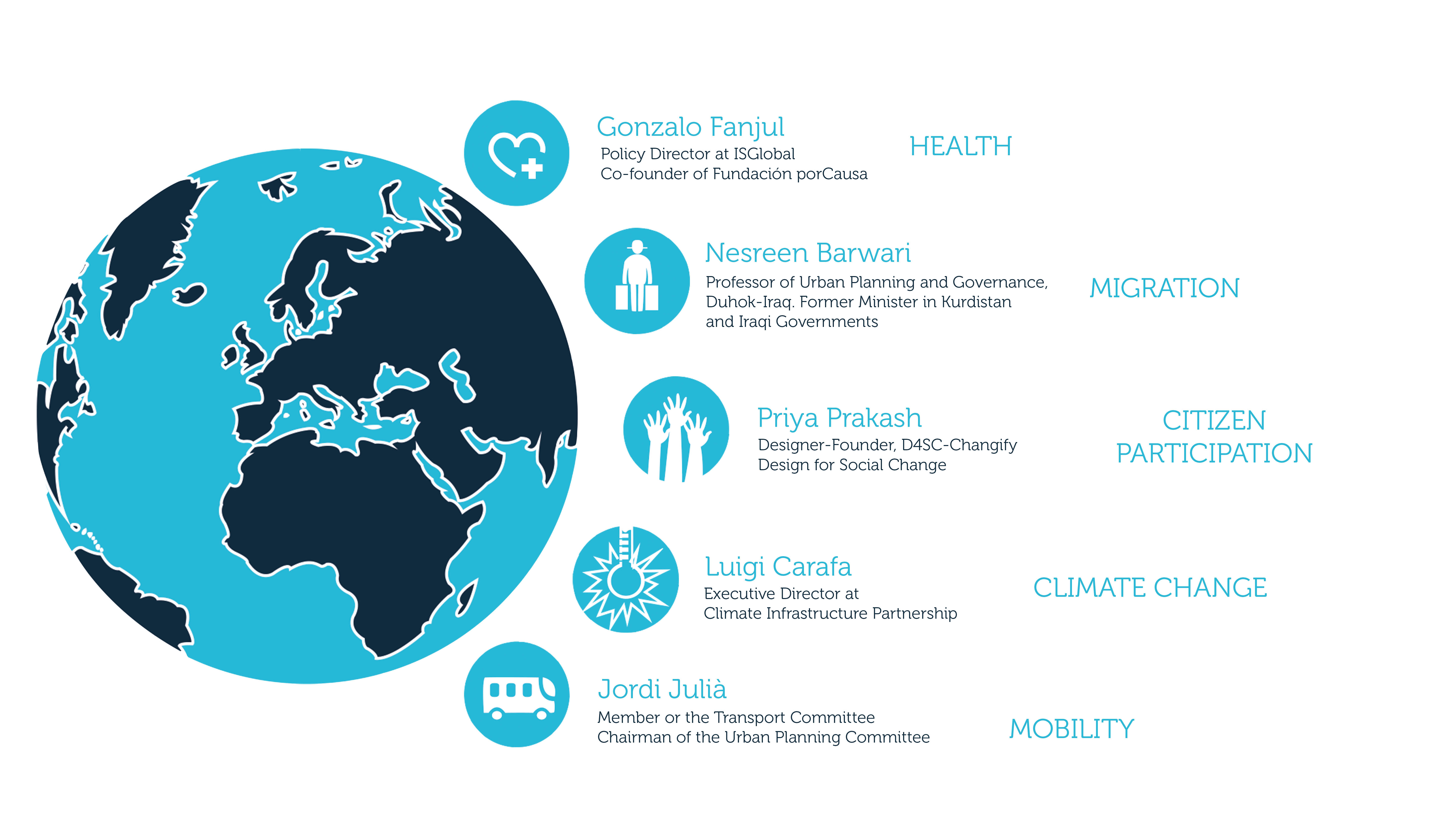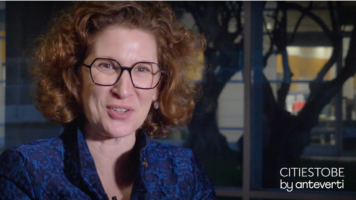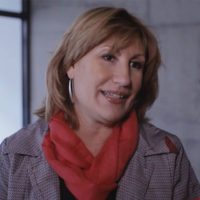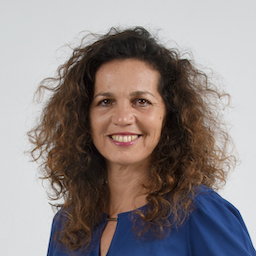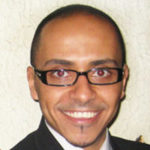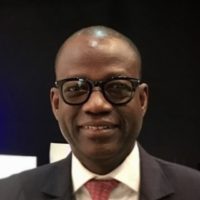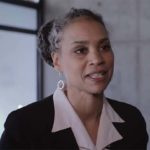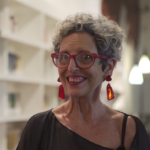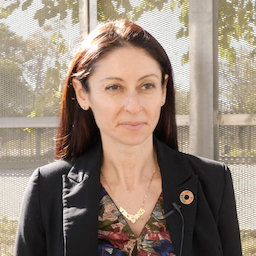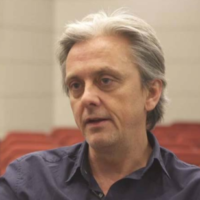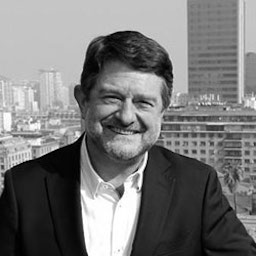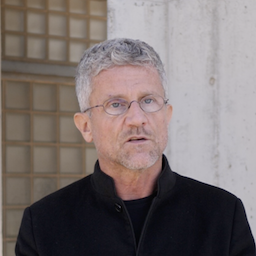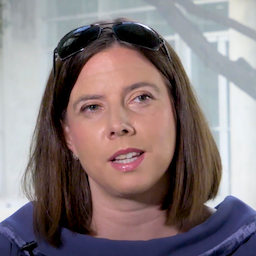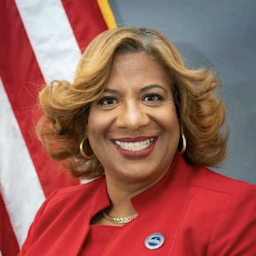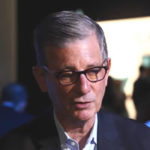A glimpse into global challenges through global experts
By | 2017
The world we live in is bringing a picture of global dilemmas when we try to discern between challenges, risks and opportunities. Most of the issues that are considered global challenges transcend national boundaries and cannot be resolved by any one country acting alone. What is the role of cities when tackling global challenges? How can we turn words into action?
This article offers an overview of the role of cities in this scenario by five of the most relevant global challenges from the perspective of international experts: Priya Prakash, designer and founder of D4SC and Changify, gives her insight in the citizen participation field, Jordi Julià, member or the Transport Committee and Chairman of the Urban Planning Committee, participates as an expert in mobility, Dr. Nesreen Barwari, Professor of Urban Planning and Governance, Duhok-Iraq and Former Minister in Kurdistan and Iraqi Governments, offers the perspective of migration, Gonzalo Fanjul, Director of ISGlobal, shares his expertise in health, and Luigi Carafa, Executive Director at Climate Infrastructure Partnership, as an expert in climate change.
1. In your domain, what is the most pressing global challenge?
The most pressing challenge is the socio-technical shift that addressing climate change entails, and how to mobilize investment for this socio-technical change. The private sector has made some large advances but politics is lagging behind. (Climate change – Luigi Carafa)
The most pressing global challenge is how to design cities (density, infrastructure, streets) in order to ensure a sustainable mobility. (Mobility – Jordi Julià)
The twenty-first century is marked by unprecedented urbanization. Migration due to conflict takes a short time to occur and a much longer time to be satisfactorily resolved. (Migration – Dr. Nesreen Barwari)
The most pressing global challenge is getting people included in the decision making process, increasing trust between citizens and decision makers, and bringing a sense of safety and security. (Citizen Participation – Priya Prakash)
There are health challenges that are almost medieval, for example preventable disease for children, coupled with the challenges of non-transmissible chronic diseases. The guiding thread connecting all health challenges is vulnerability and extreme risks. (Health – Gonzalo Fanjul)
2. How does this challenge manifest itself at the city level?
Citizens generate a wealth of data on how they are interacting with the city and using its public services, but this data isn’t used by decision makers to improve these services. (Citizen Participation – Priya Prakash)
Challenges do manifest themselves in a city level: locating lands to build camps to house the three millions Internally Displaced People, maintaining the economic well being of all inhabitants within the city and creating sufficient economic activities for all. (Migration – Dr. Nesreen Barwari)
The city is important because of its historic importance in resolving problems. Organisations like C40 show how cities can take initiative and enable to resolution of some problems, participate directly in finding solutions. (Health – Gonzalo Fanjul)
The challenge of mobility crystallizes a deeper challenge concerning the reaction of technology to the evolutions of the mobility sector. We should also keep in mind that technology can ameliorate citizens’ everyday life but won’t resolve global challenges and won’t change our model of city. (Mobility – Jordi Julià)
This problem is even stronger at the city level, because cities do not have all the legal competences to foster this change, and often do not have the technical capacity to mobilize private and public investment. (Climate change – Luigi Carafa)
3. What specific risks do cities face regarding this challenge? Are all the challenges a risk? Can we see any advantages?
The increase of population is always a challenge for a city to face. For example, the influx of Iraqi internally displaced people and Syrian refugees into Kurdistan had been also seen as an advantage due to the positive manner on how Kurdistan region is now perceived in the eyes of the international community. (Migration – Dr. Nesreen Barwari)
A big risk is the lack of political power, as often the State has the authority to define health policy, not the cities. Usually the cities are not responsible for health policies, but suffer the consequences of bad management. It is fundamental to decentralise politics. (Health – Gonzalo Fanjul)
Technology can support the creation of a more sustainable smart public transport system which would be safer, less contaminant, shared and more reactive. However, the major risk is to build an urban model of mobility which would only be based on technology and would not be framed by legislation and policies. (Mobility – Jordi Julià)
The risk is the increase of anger expressed during elections, rather than a real participation in the political process, and acceptance of all the people who come to the city seeking to improve their lives. (Citizen Participation – Priya Prakash)
Climate change will change the weather frontiers, with for example models showing Barcelona will have the same weather as Alexandria. In cities the risks are higher because of technical capacity and legal competences, but with political willingness, cities can partner with other cities or can implement pilot projects and public-private-partnerships. (Climate change – Luigi Carafa)
4. What is the role of cities in global governance and which are the solutions to these challenges?
Cities are a unique space of concentrated effort. The resolution of public challenges and opportunities are part political will, part economic commitment, and require innovation and creativity. Cities can allow for very local resolution of problems, directly involving citizen participation. (Health – Gonzalo Fanjul)
The role of local administrations is to ensure that the digital revolution leads to a better social wellbeing. Cities should create regulatory frameworks to control and orientate the impact of technology on the mobility sector. (Mobility – Jordi Julià)
The role of the city is to act as a barometer for the state of the country, and laboratory for solutions that can then be scaled up. (Citizen Participation – Priya Prakash)
Time of crises can bring an opportunity for cities to look for innovative ways of managing their resources and cities. New governance culture and techniques could be introduced; new partnerships could emerge. (Migration – Dr. Nesreen Barwari)
Since the majority of greenhouse gas emissions originate in cities, they have a huge role to play in mitigation, so there is a governance challenge to promote a global action. Cities must carve out a role in global governance, as they have with C40, ICLEI, and alliances of Mayors. Cities share some challenges, and thus also can have similar solutions. But the problem is competencies: what if cities had more? (Climate change – Luigi Carafa)
5. What actions can cities take to respond to these challenges?
Cities should take political actions to decide what kind of cars they want in their cities, the amount of parking spaces they want. Public policies should be established first, then, the technology will follow. (Mobility – Jordi Julià)
Cities can work as an agitator, and by its actions push the regional or state authorities to take action. (Health – Gonzalo Fanjul)
Transparency and openness about the challenges a city faces can open doors for new partnerships with the communities and others in the private and non-profit sectors. Sharing decision-making through participatory processes can also build trust, invite understanding, and make for new approaches in dealing with the challenges. (Migration – Dr. Nesreen Barwari)
We are seeing how cities have more power but not more resources, so they should tap into self-organized groups of citizens, and give them the possibility to improve their environment, make their cities theirs. (Citizen Participation – Priya Prakash)
Cities should build their technical capacity: project assessment, planning, project finance. Have to search for innovative ways to bundle projects together, to make projects more attractive for public and private investment. (Climate change – Luigi Carafa)
6. Threats and opportunities of these challenges: Can you give examples of best practices and cases we can learn from?
I have been involved with in a project in a local NGO in Iraq that worked with the community to rebuild their cities through the introduction of participatory budgeting processes. Each budget was tested in more than 20 towns in Kurdistan and Mosul from 2011 to 2013. With persistence and commitment peace can find its ways through community based practices to ensure the sustainability of peace and pave the way for development and dignity. (Migration – Dr. Nesreen Barwari)
South-south cooperation: the Asian Development Bank is working on twinning initiatives, for example of Medellin with Asian Cities. C40 also does very good work in capacity-building. (Climate change – Luigi Carafa)
I think about the case for the right of irregular immigrants to health in the Community of Madrid. The City Council of Madrid had an aggressive information campaign about how everyone has right to health, and the Community of Madrid felt forced to respond, to guarantee the right to health access for immigrants. (Health – Gonzalo Fanjul)
The city of Barcelona is an example of a city that has managed the mobility sector in a positive way. Historically, the city of Barcelona mobility system is based on the historical planning design of Cerdà. Barcelona has controlled the use of technology and implemented a sustainable multi-modal transport system based on real-time information, coherent with the structure of the superblocks. (Mobility – Jordi Julià)
There are good practices of using technology for citizen participation, like loomio or decidim.barcelona, but these are still traditional way of seeing participation. Citizens can interact in real time with decision makers and service providers for more efficient city services. But of course, it should always feel fun and not like work. (Citizen Participation – Priya Prakash)
This article is co-written by Rebecca Smith, Suzanne Spooner and Cristina Fort.
Illustrations by Laura Llopis.
About the authors
Suzanne holds an MA in Urban Planning and Public Policy (Governing the large Metropolis, Sciences Po Paris) and a BA in Politics and Urban Anthropology ( Sciences Po, Euro-Latin American Campus). She has experience in assessing international organisations and has worked as a consultant in urban transportation for UN-Habitat and in affordable housing for the UNECE. With experience in social and cultural projects, her main interest lies in how art and technology can empower citizens in the creation of a more sustainable city. Born in Barcelona from Franco-British parents, Suzanne thrives in international work situations and is fluent in Spanish, English, French, Catalan and Portuguese.

